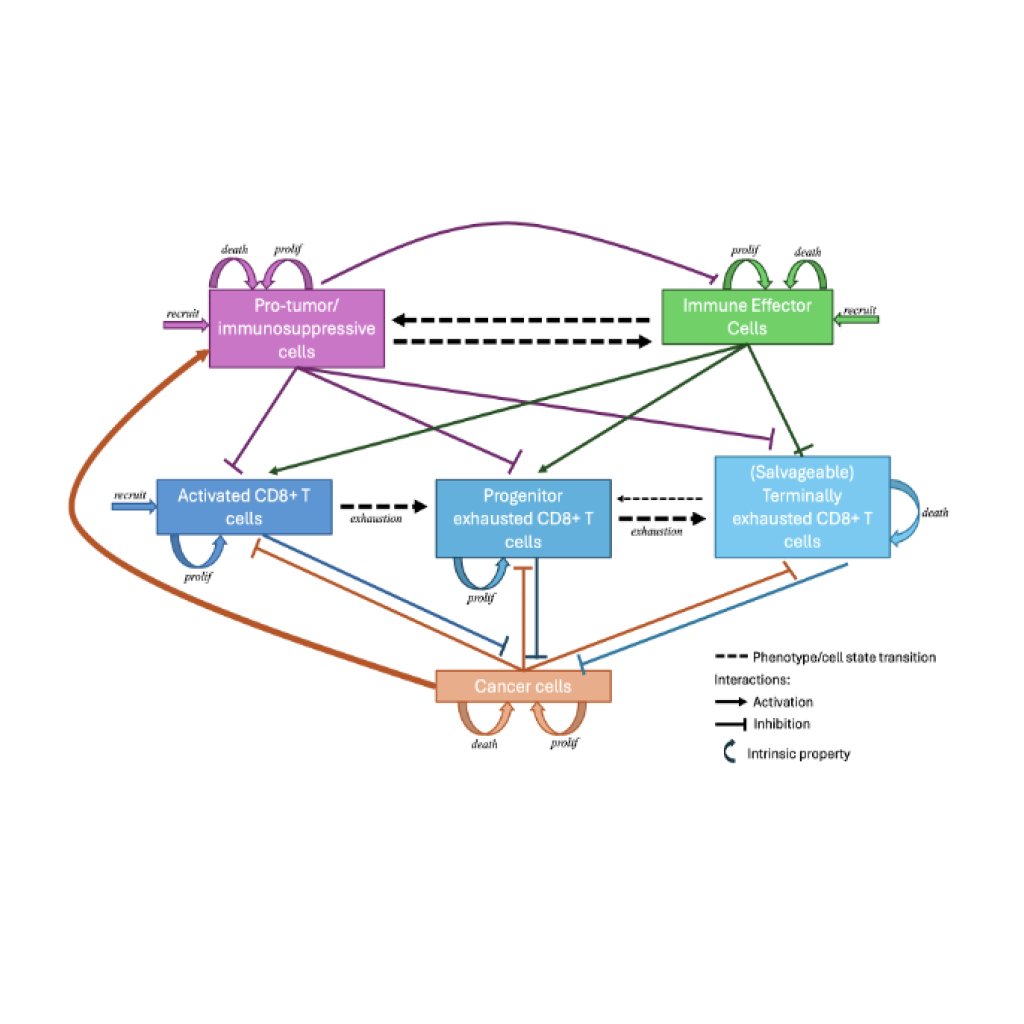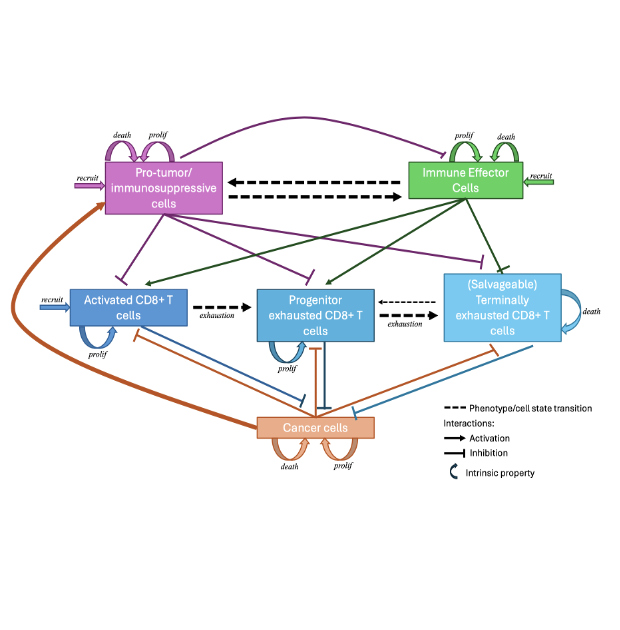
In melanoma (skin cancer), new immunotherapy treatments that block immune “brakes” like PD-1 and LAG-3, such as those used in the RELATIVITY trial, have shown great success, especially when given early, before other treatments. We believe that to make immunotherapy work in glioblastoma (a fast-growing brain tumor), we also need to start treatment earlier, before the disease worsens and patients need high doses of steroids or suffer other complications that make immunotherapy less effective. Early treatment could offer a critical window for the immune system to fight the tumor more effectively.
Working with partners in Australia (PeterMac Cancer Center) and and major U.S. cancer centers (MSKCC, UCSF, UCLA, and MD Anderson), our lab is helping launch the GIANT trial. This new study will test a combination of two immunotherapies, nivolumab and relatlimab, in patients newly diagnosed with glioblastoma. Although this combination is already approved for treating melanoma, it has not yet been tested in brain tumors, and we are excited to explore its potential.
In addition to testing these therapies, the GIANT trial will collect and study a wide range of samples, tumor tissue, blood, spinal fluid, saliva, urine, and even gut bacteria—to better understand how patients respond to treatment. Scientists from different institutions will focus on different types of analysis, and our lab will lead cutting-edge work using spatial technologies to map how tumors change before and after immunotherapy. Our goal is to learn not just if the treatments work, but why they succeed, or fail, and how we can make future treatments even better.
Alongside this clinical work, we are also using computer models based on “ecology” principles—like the balance between predators and prey in nature, to simulate how tumors and immune cells interact over time. These models help predict when and why tumors might escape immune attack, and how combination treatments might stop them. By combining lessons from the RELATIVITY trial with new findings from GIANT, we aim to bring smarter, more effective immune therapies to glioblastoma patients.

Predator-Prey model used to predict progression-free survival in a glioma patient population